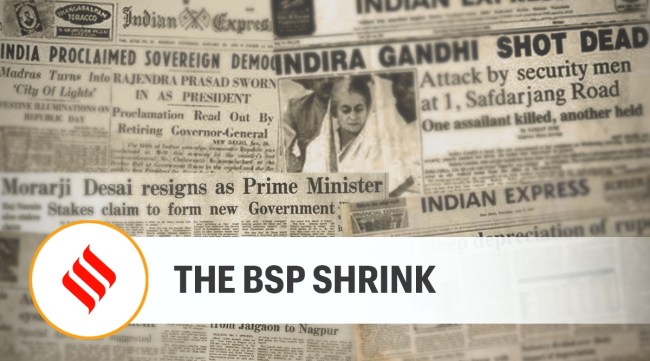Opinion Amid Dalit assertion on the ground, Mayawati needs to look within rather than outside to reclaim the space she once had
The BSP could engage proactively with such mobilisations and revive its movement character to stay relevant in the electoral space — a 12 per cent vote share in UP is a substantial core vote. It risks losing it further.
 The BSP's decline has taken place over a decade, but the party always seemed to hold out the promise that a resurgence was just another election away.
The BSP's decline has taken place over a decade, but the party always seemed to hold out the promise that a resurgence was just another election away. The BSP debacle is encapsulated in the numbers from the UP election outcome — a 10 per cent fall in the voteshare from 2017 and a solitary MLA. This is a party that had won a simple majority in UP in 2007 and whose leader was projected as the prime minister candidate of a non-BJP, non-Congress political front in the 2009 general election. The BSP’s decline has taken place over a decade, but the party always seemed to hold out the promise that a resurgence was just another election away. The decimation in UP and Punjab, two states where it has historically been a political force since its formation in 1984, however, puts a question mark on the BSP’s future. It will require deep introspection and a herculean effort from the leadership for the party now to lift itself from the dumps.
However, the first reaction from BSP chief Mayawati to the UP loss has been to blame Muslims for not supporting her party. She has also claimed that a section of her cadre — Dalits and OBCs — voted for the BJP fearing the return of the “jungle raj” and “goonda raj” of the SP. The fact is the BSP was missing from action in UP during the anti-CAA protests, street protests against anti-Dalit violence and the pandemic, and its noticeably low-key campaign gave the impression of a party that gave up the fight even before the battle had begun. The BSP has historically been a party of movement, but, since its transformation into a party of government in the 1990s, it has preferred to lean more on building electorally viable social coalitions than mobilise Dalits on community concerns and rights. Its idea of a “sarvajan samaj” in 2007 instead of founder Kanshi Ram’s “bahujan samaj” was smart electoral tactic, but it increased the party’s dependence on non-bahujan castes and communities. Now, it seems even the party’s core Dalit vote has moved away. An equally important factor that has contributed to the BSP decline is Mayawati’s push to turn the party into an extension of her personality, and now, her family. It led to many founding leaders of the BSP leaving the party and floating their own caste-centric outfits, a process that the SP too went through when Mulayam Singh Yadav encouraged his family members to occupy key positions in the party. That the unravelling of “social justice” parties and the consolidation of Hindu vote happened simultaneously helped the BJP to manage the caste faultline and occupy the pole position in UP politics.
Ironically, the BSP’s fall is happening at a time when the Dalits are more assertive about their rights than ever and willing to hit the streets to voice their concerns. The BSP could engage proactively with such mobilisations and revive its movement character to stay relevant in the electoral space — a 12 per cent vote share in UP is a substantial core vote. It risks losing it further.
This editorial first appeared in the print edition on March 12, 2022 under the title ‘The BSP shrink’.






